Six Billion Earth-Like Planets Could Exist in Galaxy
Article by Sean Martin June 17, 2020 (express.co.uk)
• Searching through data from NASA’s planet hunting telescope Kepler, scientists from the University of British Columbia published a study in The Astronomical Journal estimating the likelihood of rocky Earth-like worlds which could contain water, within the Milky Way galaxy. A planet must also orbit a G-type star, like our Sun, and be positioned within the ‘Goldilocks Zone’ – the region around a star where it is neither too hot nor too cold – for life to exist.
• Astronomer Jaymie Matthews says, “Our Milky Way has as many as 400 billion stars, with seven per cent of them being G-type. So approximately six billion stars may have Earth-like planets in our Galaxy.” Researcher and co-author Michelle Kunimoto uses a technique known as ‘forward modelling’. “I started by simulating the full population of exoplanets around the stars Kepler searched. I marked each planet as ‘detected’ or ‘missed’ depending on how likely it was my planet search algorithm would have found them. Then, I compared the detected planets to my actual catalog of planets. If the simulation produced a close match, then the initial population was likely a good representation of the actual population of planets orbiting those stars.”
• Kunimoto also limits the possible number of habitable exoplanets where there exists a “radius gap”, “[I]t is uncommon for planets with orbital periods [of] less than 100 days to have a size between 1.5 and two times that of Earth,” says Kunimoto. “My calculations place an upper limit of 0.18 Earth-like planets per G-type star.” Previous estimates have suggested that there could be as few as 0.02 Earth-like planets per Sun-like star.

There are as many as 400 billion stars in the Milky Way galaxy alone, meaning there could be trillions of planets. As is evident from our solar system, the majority of these planets would be lifeless and barren, but billions could still be hospitable for life, according to new research. Scientists from the University of British Columbia (UBC) have searched through data from NASA’s planet hunting telescope Kepler to determine the likelihood of Earth-like planets – rocky worlds which could contain water.

To be considered Earth-like, the planet must also orbit a star like our Sun, known as a G-type star, according to the research published in The Astronomical Journal.
It also has to orbit the star in what is known as the Goldilocks Zone – the region around a star where it is neither too hot nor too cold for life to exist.
UBC researcher Michelle Kunimoto, co-author of the new study, said: “My calculations place an upper limit of 0.18 Earth-like planets per G-type star
“Estimating how common different kinds of planets are around different stars can provide important constraints on planet formation and evolution theories, and help optimise future missions dedicated to finding exoplanets”.
UBC astronomer Jaymie Matthews: “Our Milky Way has as many as 400 billion stars, with seven per cent of them being G-type.
“That means less than six billion stars may have Earth-like planets in our Galaxy.”
FAIR USE NOTICE: This page contains copyrighted material the use of which has not been specifically authorized by the copyright owner. ExoNews.org distributes this material for the purpose of news reporting, educational research, comment and criticism, constituting Fair Use under 17 U.S.C § 107. Please contact the Editor at ExoNews with any copyright issue.
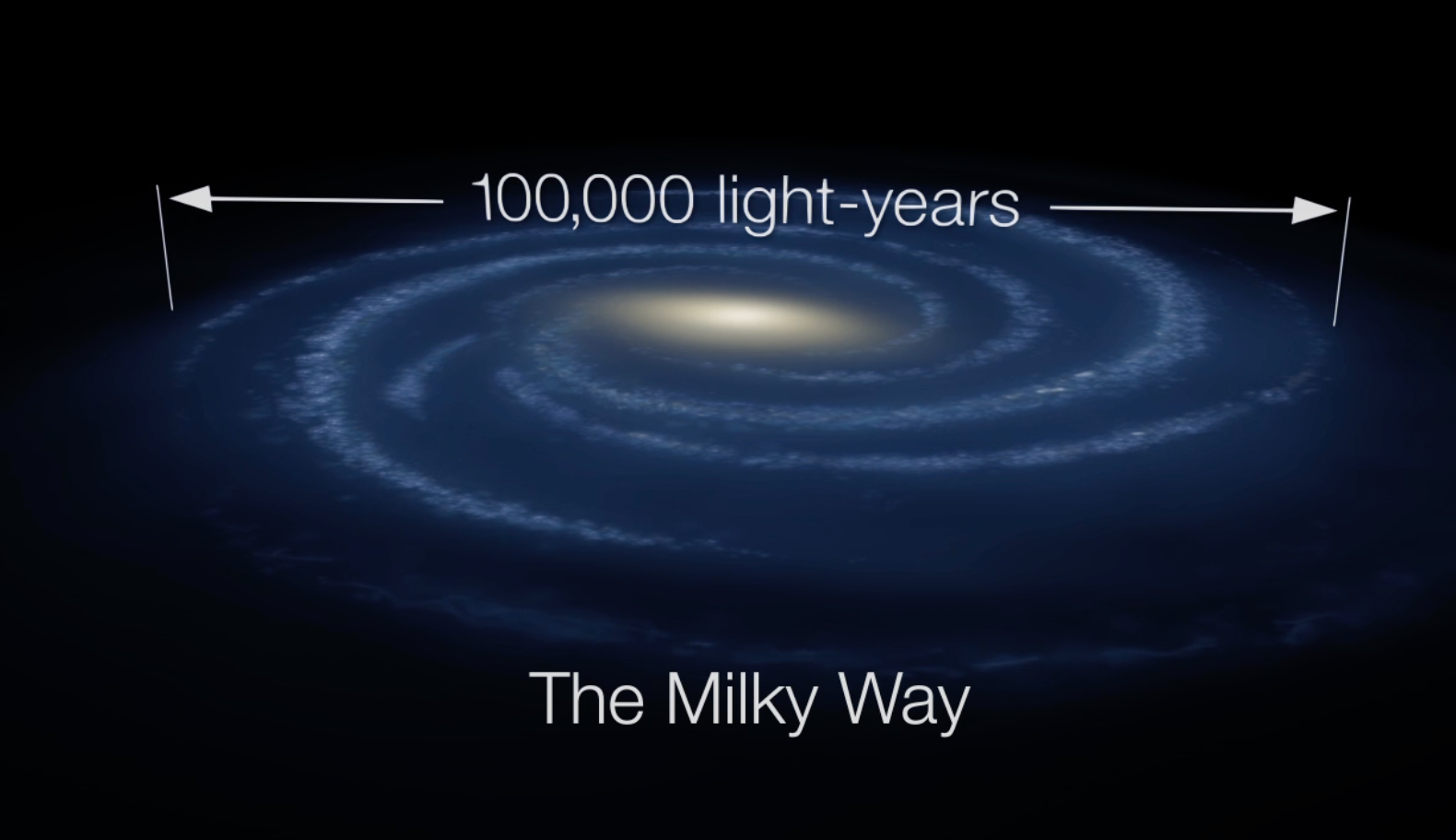
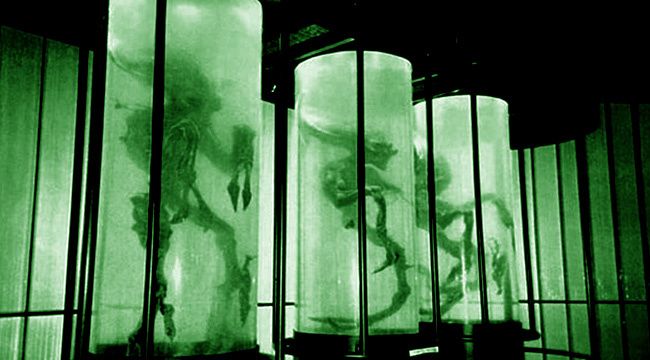





 blasting off into space with the NASA-SpaceX Crew Dragon launch on May 30, but they are not alone in the vast space. According to reports, a mighty mouse was seen on the Falcon 9 rocket and Dragon capsule’s fuselage. A video has surfaced on the internet and has everyone shocked.
blasting off into space with the NASA-SpaceX Crew Dragon launch on May 30, but they are not alone in the vast space. According to reports, a mighty mouse was seen on the Falcon 9 rocket and Dragon capsule’s fuselage. A video has surfaced on the internet and has everyone shocked.




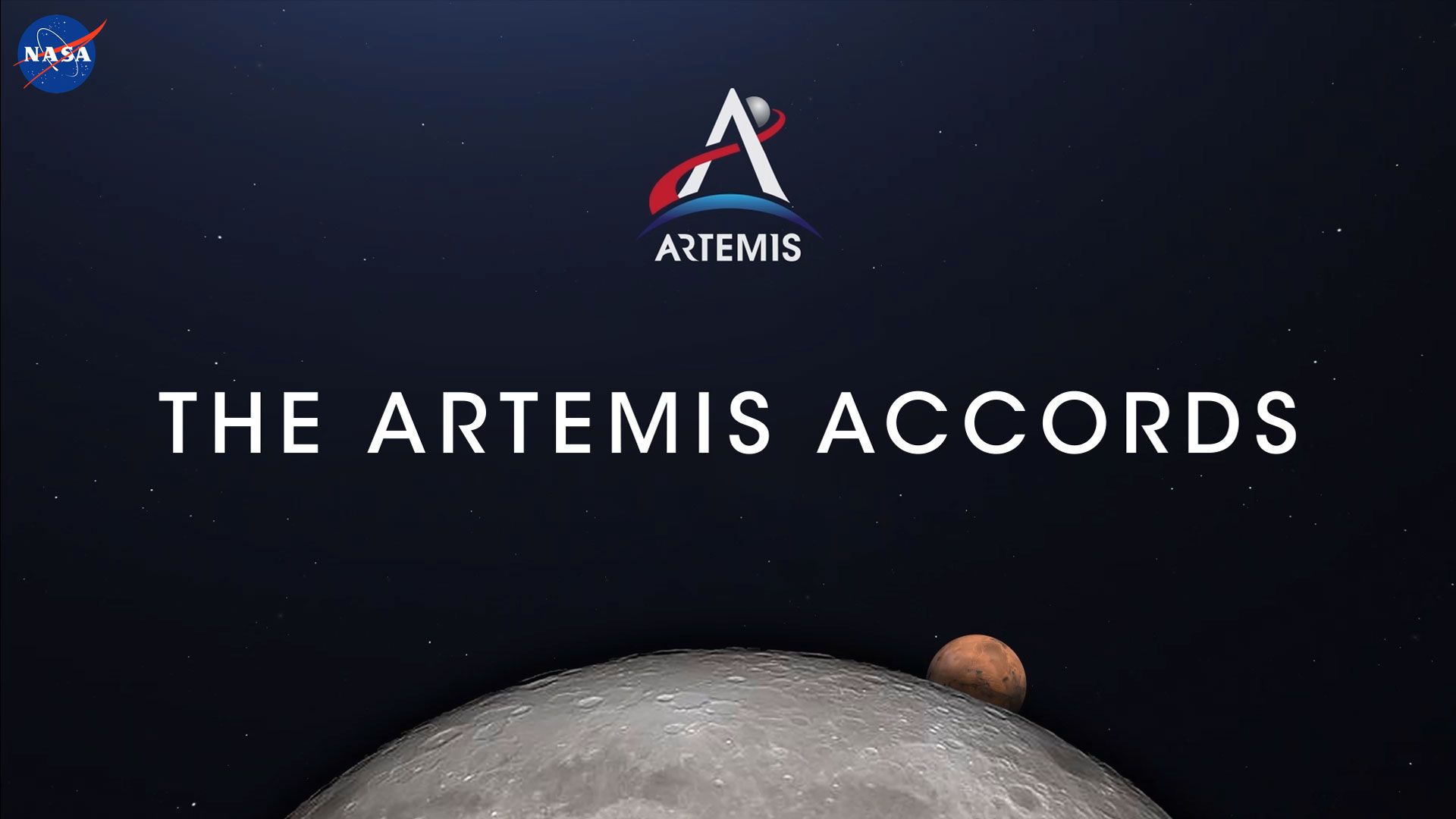
 The US Space Agency has always recognised that international cooperation will be vital if its Artemis programme is to succeed. Artemis is the ambitious project to land two astronauts near the lunar south pole in 2024, as a precursor to establishing a permanent human lunar settlement by 2028. On Friday, NASA officials revealed the core values underpinning its mission in a document called the Artemis Accords, which stress the peaceful nature of its exploration.
The US Space Agency has always recognised that international cooperation will be vital if its Artemis programme is to succeed. Artemis is the ambitious project to land two astronauts near the lunar south pole in 2024, as a precursor to establishing a permanent human lunar settlement by 2028. On Friday, NASA officials revealed the core values underpinning its mission in a document called the Artemis Accords, which stress the peaceful nature of its exploration.
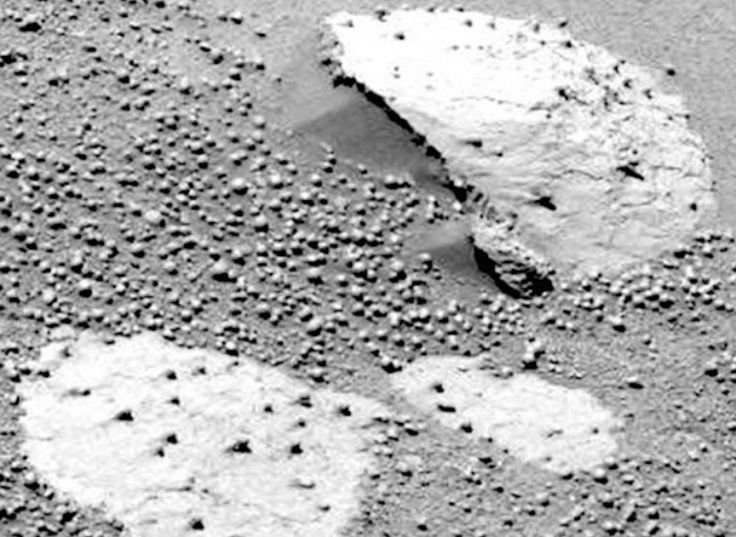

 In the study report, the researchers revealed that non-biological presence could not explain the presence of the structures on Mars. They also claimed that the ‘puffball-shaped’ objects could be the result of a biological process.
In the study report, the researchers revealed that non-biological presence could not explain the presence of the structures on Mars. They also claimed that the ‘puffball-shaped’ objects could be the result of a biological process.

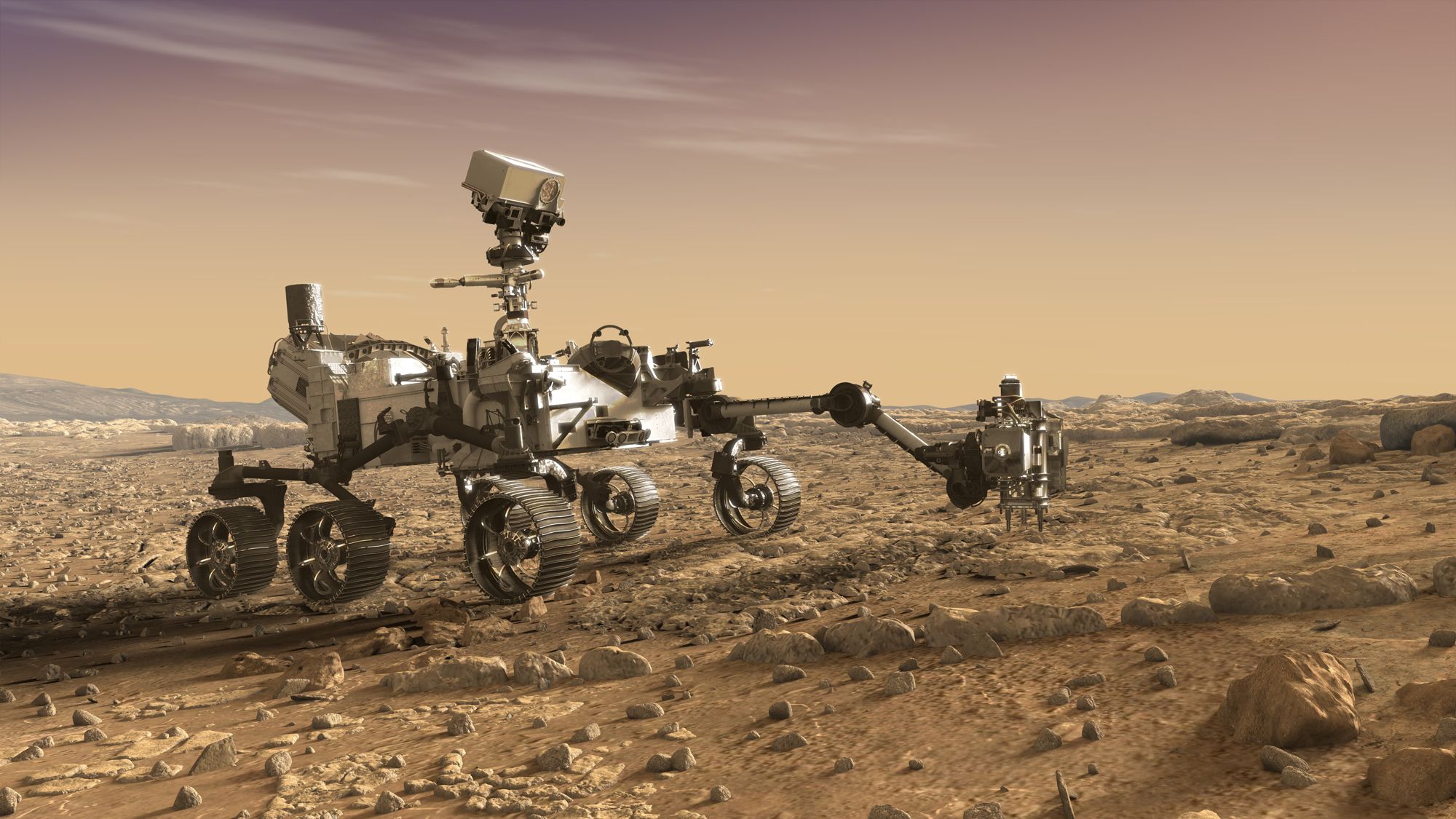

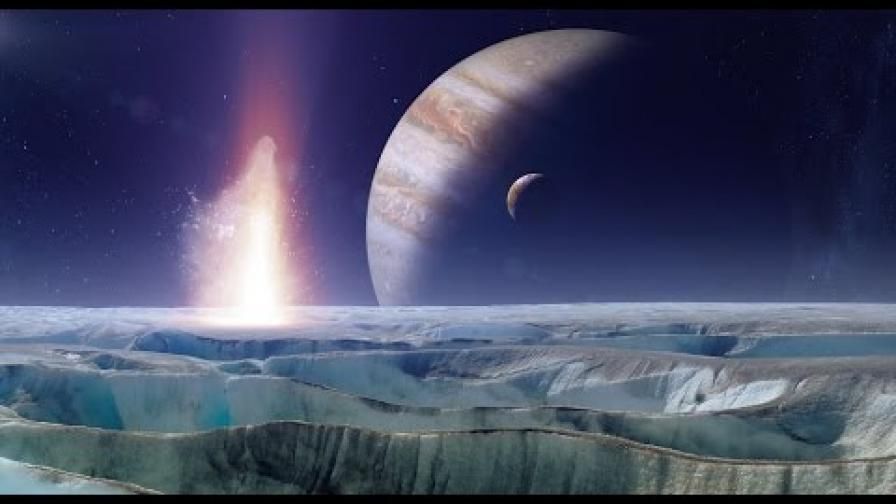

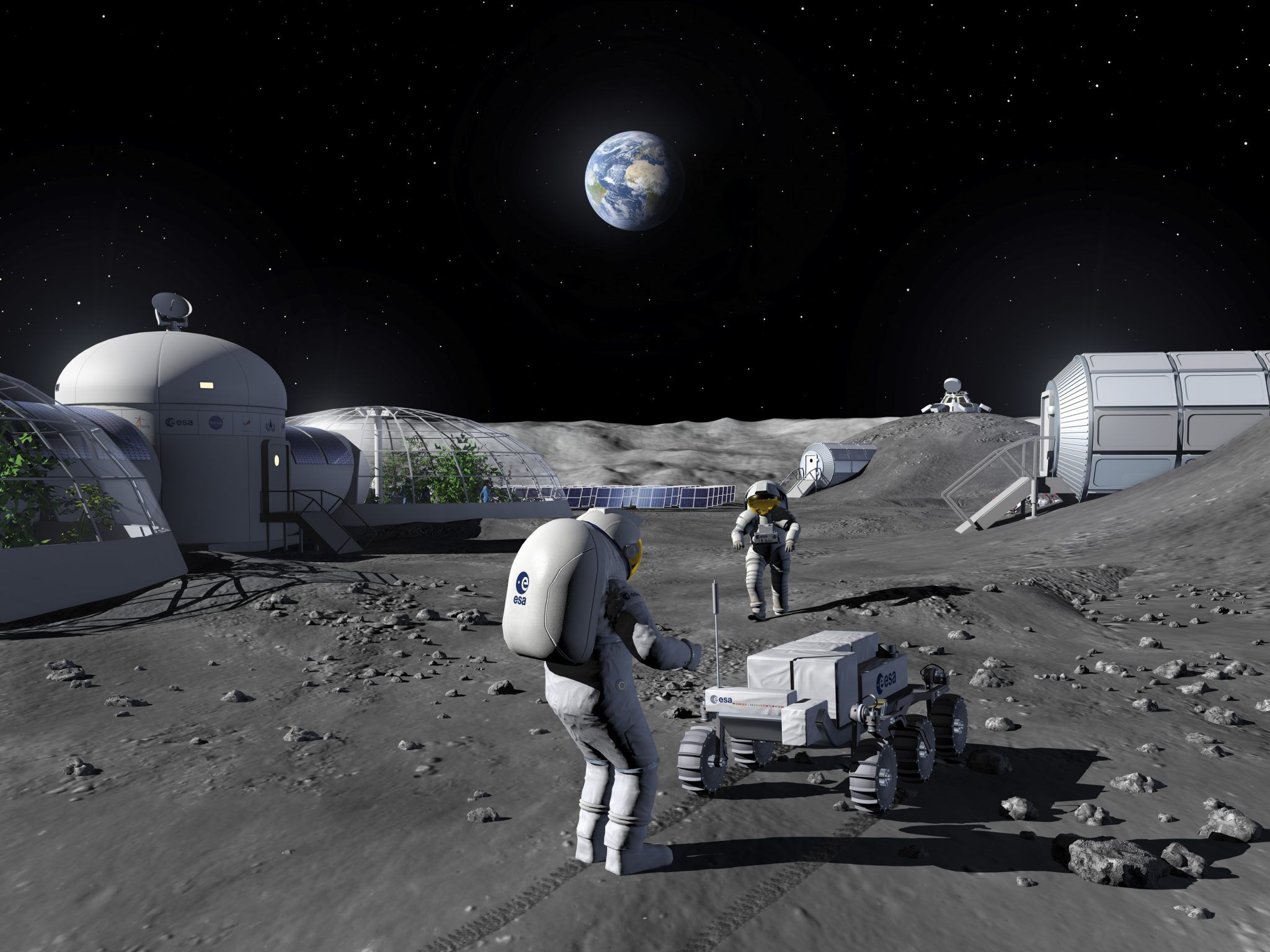
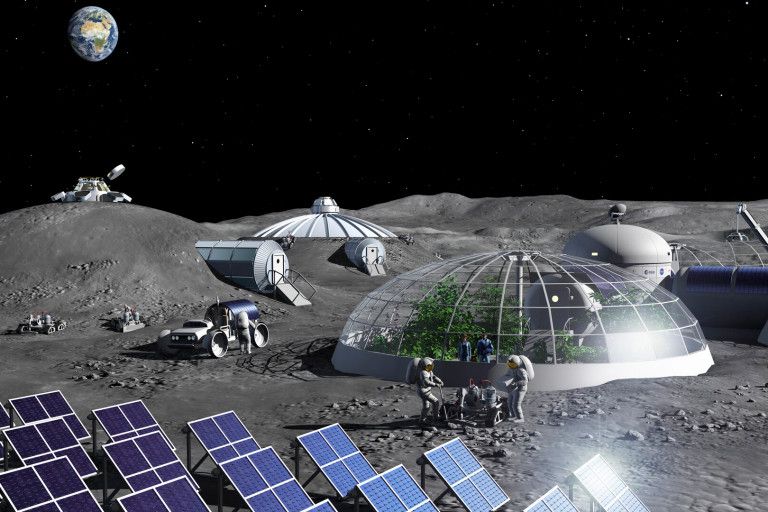


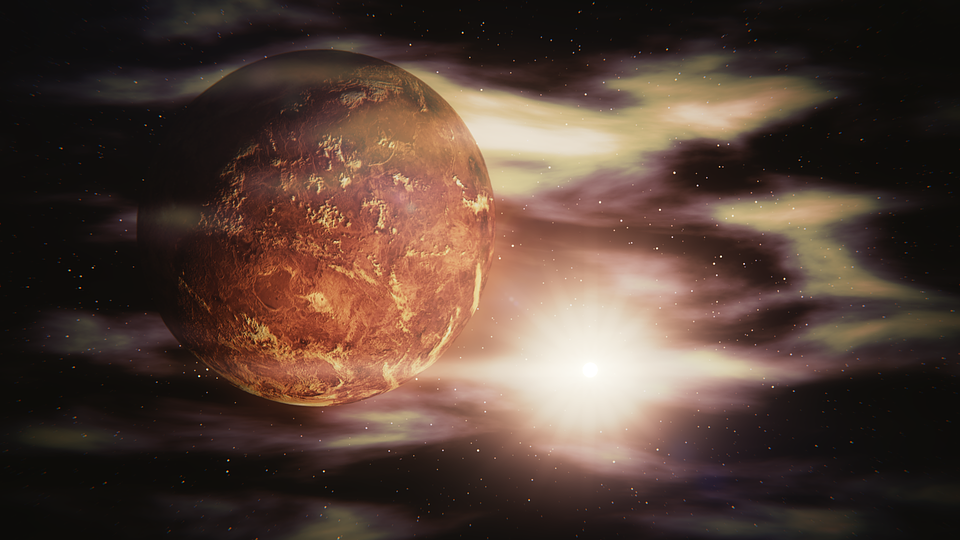
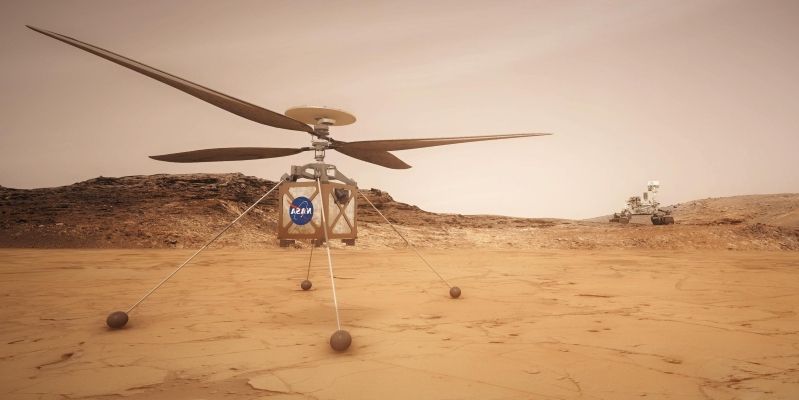

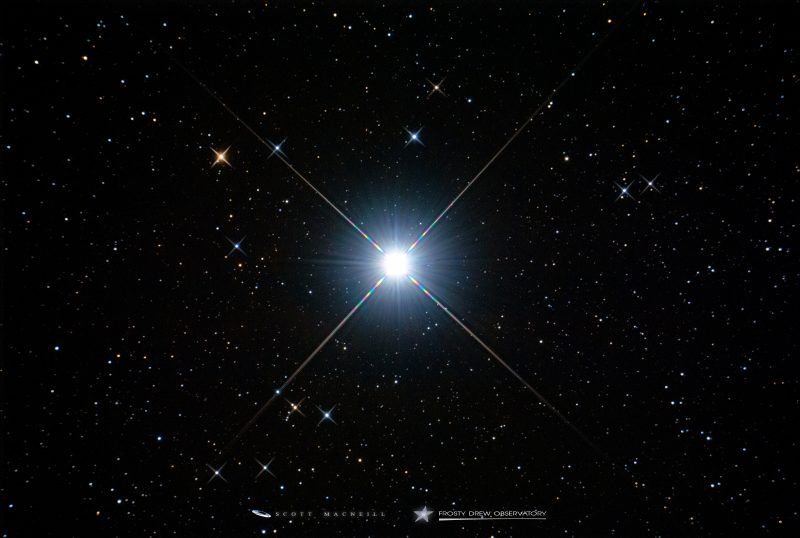



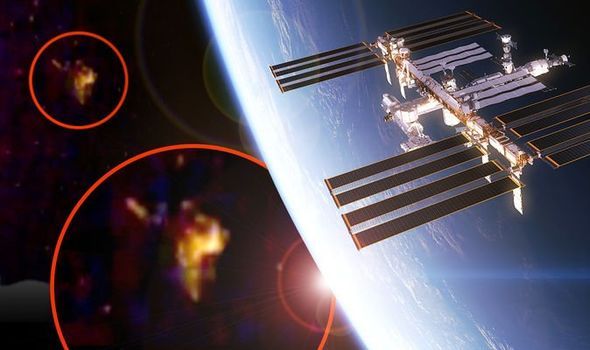


 A few years back, some of the gases and hydrocarbons collected by Cassini were used to create a recipe that replicated the “aromatic flavors” of Titan. Composed mostly of nitrogen, methane, and benzene (and a few other aromatics), NASA researchers were able to create in the lab what could be dubbed Eau de Titan, the cologne of choice for Titan aliens (should they exist).
A few years back, some of the gases and hydrocarbons collected by Cassini were used to create a recipe that replicated the “aromatic flavors” of Titan. Composed mostly of nitrogen, methane, and benzene (and a few other aromatics), NASA researchers were able to create in the lab what could be dubbed Eau de Titan, the cologne of choice for Titan aliens (should they exist).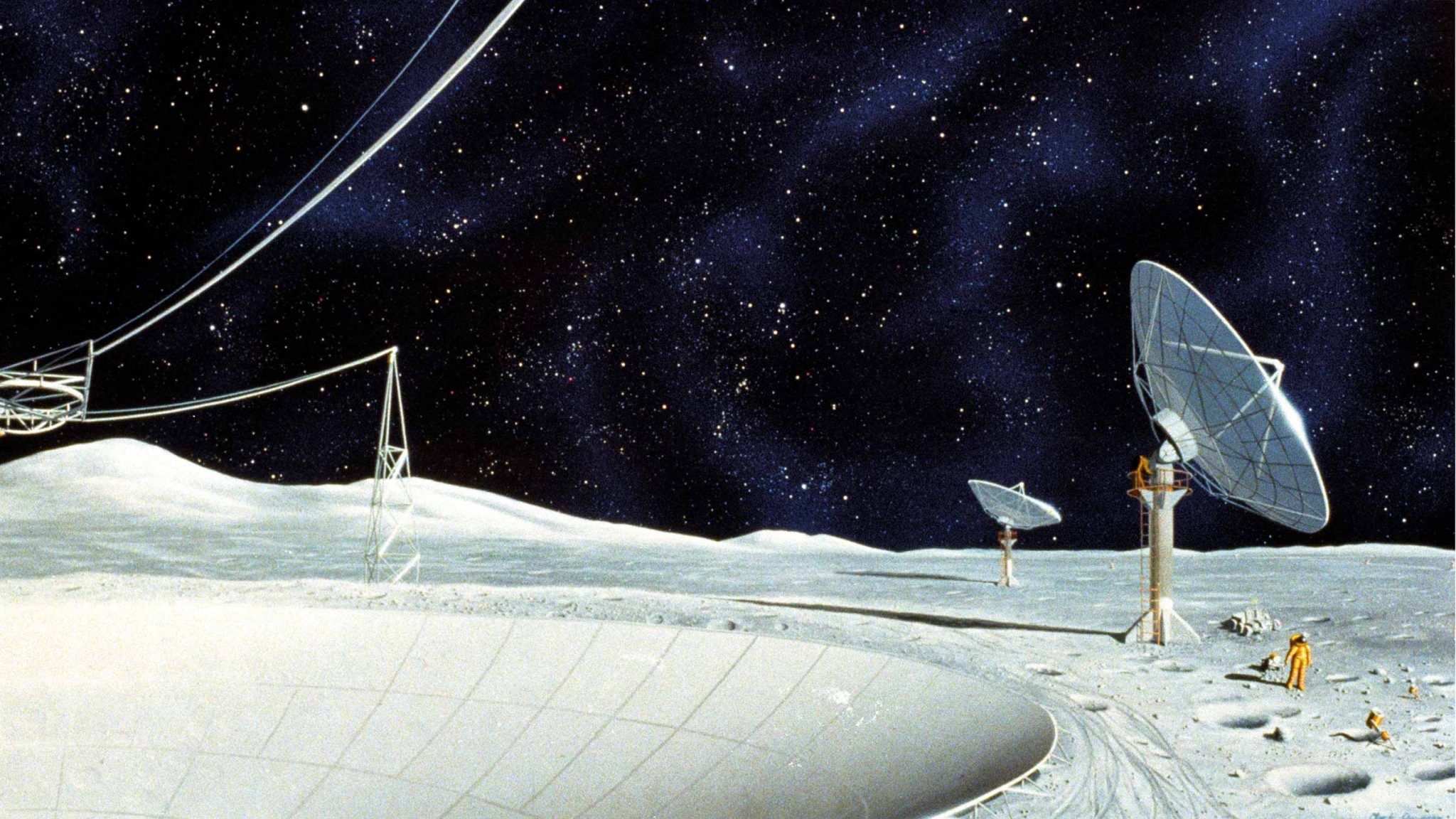


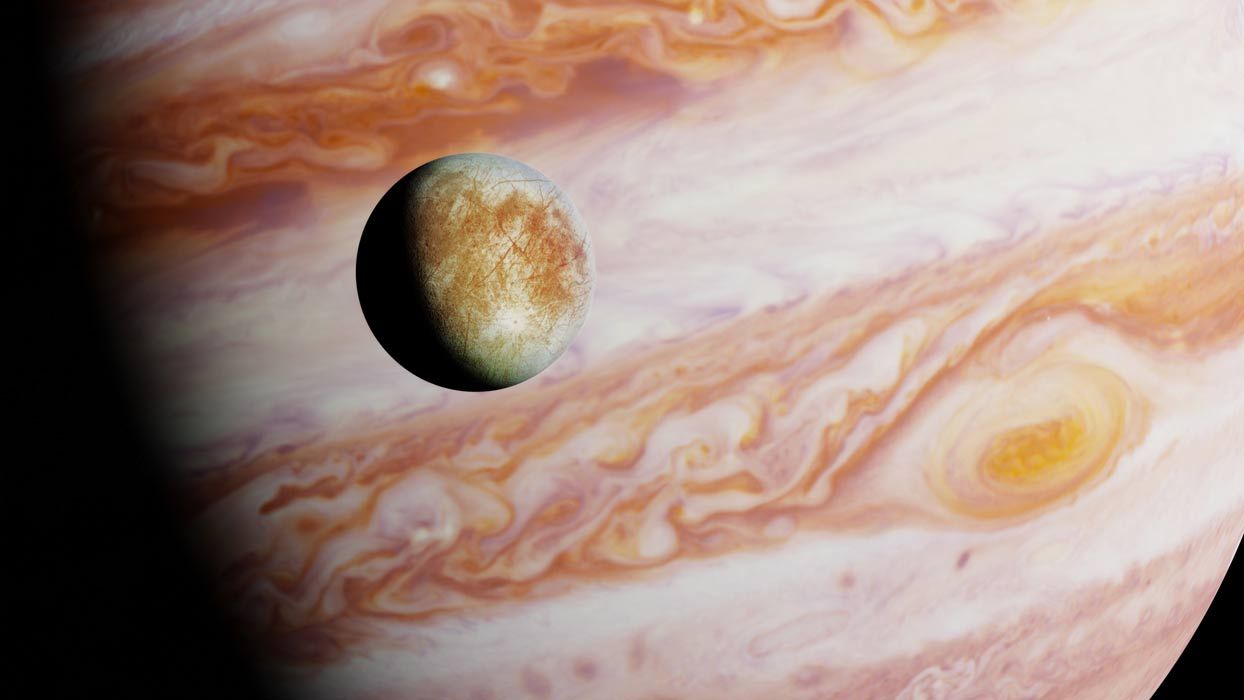
 At first glance, not much is happening on Europa. A small, frozen world orbiting Jupiter doesn’t seem like the most interesting place out there. But 40 years ago, the Voyager snapped an intriguing photo of the satellite: its frozen surface wasn’t stale and monotonous, it was cracked and sliced by different features, suggesting active and recent phenomena. Subsequent missions showed even more exciting things.
At first glance, not much is happening on Europa. A small, frozen world orbiting Jupiter doesn’t seem like the most interesting place out there. But 40 years ago, the Voyager snapped an intriguing photo of the satellite: its frozen surface wasn’t stale and monotonous, it was cracked and sliced by different features, suggesting active and recent phenomena. Subsequent missions showed even more exciting things.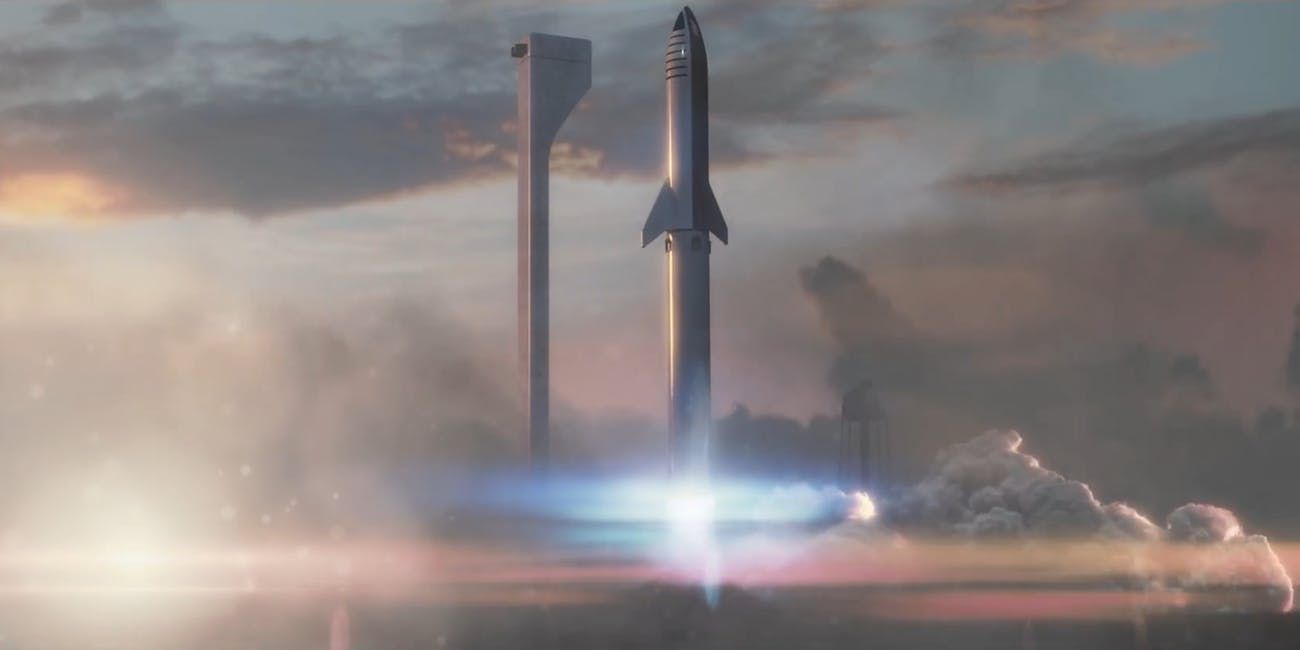



 Chaos’ Apophis asteroid. During an interview with Express.co.uk, Mr Horn revealed the claims of alien life wanting the world to come together to deflect the asteroid.
Chaos’ Apophis asteroid. During an interview with Express.co.uk, Mr Horn revealed the claims of alien life wanting the world to come together to deflect the asteroid.
